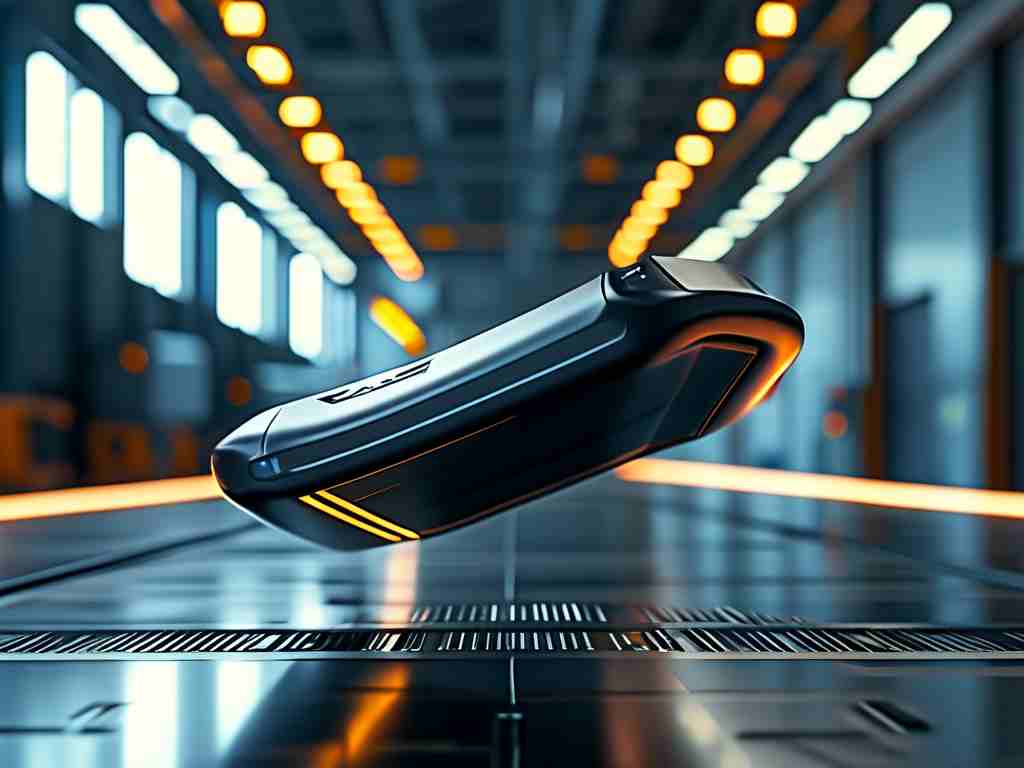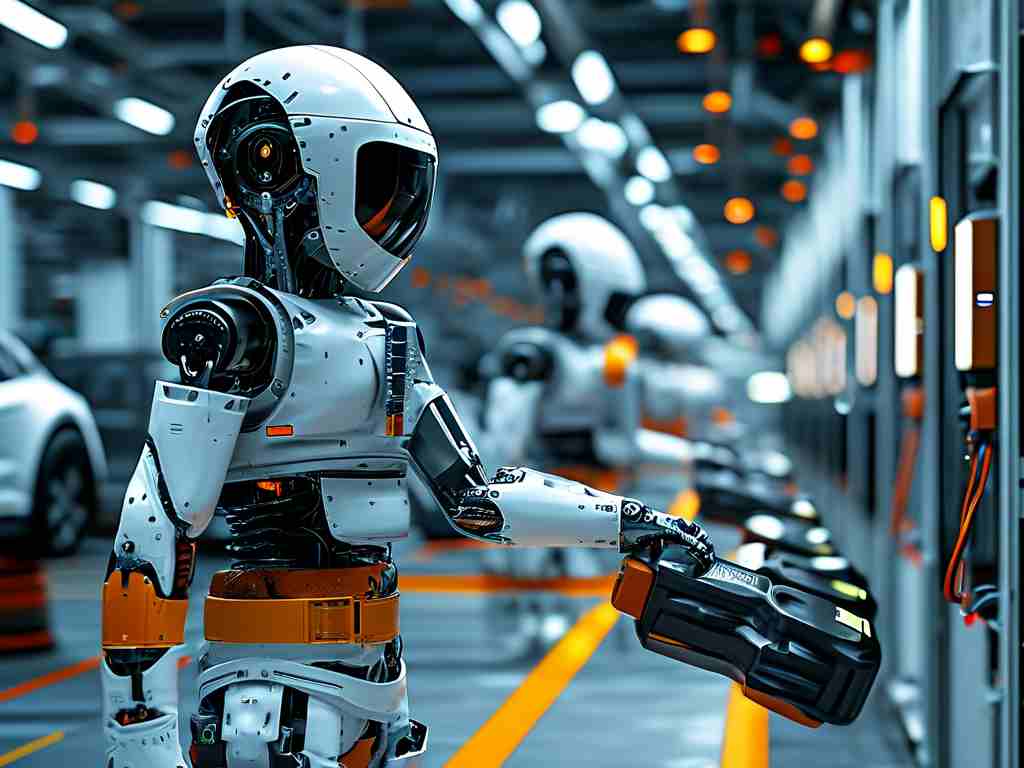The rapid evolution of flight robotics has transformed industries ranging from logistics to environmental monitoring. At the heart of this transformation lies a critical component often overlooked: battery technology. Modern aerial systems demand lightweight, high-capacity power sources to achieve extended operational times and enhanced payload capacities. Recent breakthroughs in energy storage are not only meeting these demands but also redefining what flight robots can accomplish.

One of the most pressing challenges in flight robotics has been balancing energy density with weight. Traditional lithium-ion batteries, while reliable, struggle to provide the longevity required for complex missions such as drone-based delivery networks or autonomous surveillance. Engineers have turned to alternative chemistries, such as lithium-sulfur (Li-S) and solid-state batteries, to address these limitations. For instance, Li-S batteries offer nearly double the energy density of conventional lithium-ion cells, enabling drones to fly longer distances without frequent recharging. Meanwhile, solid-state designs eliminate flammable liquid electrolytes, significantly improving safety—a crucial factor for urban air mobility applications.
Another innovation reshaping the field is the integration of smart energy management systems. These systems leverage artificial intelligence to optimize power consumption based on real-time flight conditions. For example, a delivery drone navigating windy terrain can dynamically adjust its rotor speed and route efficiency to conserve battery life. Such adaptive algorithms not only extend mission durations but also reduce wear on hardware components, lowering maintenance costs over time.
Wireless charging infrastructure is also emerging as a game-changer for flight robotics. Companies are deploying induction-based charging pads at strategic locations, allowing drones to autonomously recharge during missions. This approach is particularly valuable for agricultural drones monitoring vast farmlands or disaster-response robots conducting prolonged search operations. By eliminating the need for manual battery swaps, wireless systems ensure uninterrupted workflows while minimizing human intervention.
Environmental sustainability has become a key driver in battery research. Flight robotics manufacturers are increasingly adopting recyclable materials and exploring bio-degradable alternatives for battery casings. Additionally, solar-assisted charging modules are being tested for high-altitude drones, enabling them to harvest energy during daylight operations. These eco-friendly solutions align with global efforts to reduce carbon footprints while maintaining operational efficiency.
Despite these advancements, challenges persist. Extreme temperature fluctuations during flight can degrade battery performance, especially in harsh climates. Researchers are addressing this by developing thermal regulation systems that use phase-change materials to stabilize internal temperatures. Another area of focus is reducing charging times—ultra-fast charging protocols that replenish 80% of a battery’s capacity in under 15 minutes are now in experimental stages.
The commercial and military sectors are keenly monitoring these developments. In logistics, companies envision fleets of drones capable of cross-country deliveries powered by next-gen batteries. Military applications include stealth reconnaissance drones with silent propulsion systems fueled by ultra-efficient power cells. Even consumer-grade flight robots, such as camera drones, stand to benefit from longer flight times and quicker recharge cycles.
Looking ahead, hybrid energy systems combining batteries with hydrogen fuel cells or supercapacitors may unlock new possibilities. Such configurations could provide bursts of power for takeoffs while relying on batteries for sustained cruising—a concept already being tested in experimental vertical takeoff aircraft.
In , the synergy between flight robotics and battery innovation is creating a paradigm shift in autonomous aviation. As energy storage solutions become smarter, safer, and more sustainable, the boundaries of what flying machines can achieve will continue to expand. These advancements not only address current limitations but also lay the groundwork for future technologies yet to be imagined.



